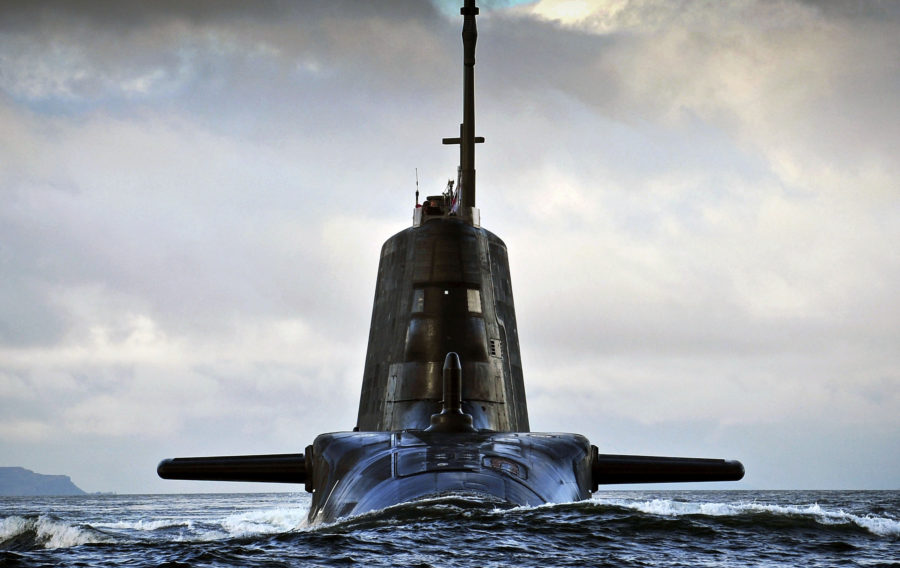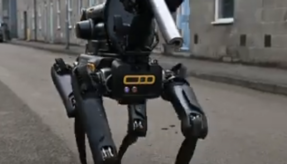
Analysis undertaken by the Defence Science and Technology Laboratory (Dstl) is informing the design of command space in future submarines to optimise information flow.
The Command space in future submarines could be turned “outside in” as a result of pioneering analysis commissioned by Dstl.
Submarine command teams are facing an increasing challenge of manipulating escalating amounts of data and information as crew numbers are set to decrease. In these high pressure environments understanding and optimising how information flows and is presented is critical.
Working under the Command Team-working Experimental Test-bed (ComTET) programme, Dstl has engaged with the University of Southampton (Department of Transportation Research) who built a Submarine Control room simulator. Dstl supplied the simulation engine – a modified commercial gaming software called Dangerous Waters. To play the game and provide an appropriate amount of human behaviour data for analysis, university students, Dstl and Industry participants have been trained to be ‘submariners for day’ using a bespoke training package.

DPRTE 2020 Official Event Partner: Dstl
A second simulator has been built at Dstl’s Portsdown West site which replicates and will build upon the Southampton facility and will enable more sensitive data to be generated. Industry delivered Human Machine Interface (HMI) prototypes that ‘mash’ sensor information together in an approach that will pave the way for enabling future RN command teams to adopt ‘new ways of working’.
Dstl’s Technical Partner, Chris Parnell, commented: “Analysis generated during the first stage of the programme using the Southampton University simulator was very valuable. It demonstrated that co-location of operators highly dependent on each other for task completion creates greater efficiency in terms of information flow and increases Command team capacity. Having operators facing inwards creates conditions for much better shared situation awareness between the Command team; and placing the Officer of the Watch in the centre of the Command team leads to a more efficient tactical picture generation.”
Dstl is now undertaking human in the loop assessments of novel HMIs that will introduce ‘new ways of working’ for future submarine command teams. This will include alternative roles, new procedures, adjustments to manning and changes to training regimes.
The ComTET programme has been running since 2014. This was initially funded through the Chief Scientific Advisor’s Science & Technology programme and now as a Technology Demonstrator Programme sponsored by the Defence Nuclear Organisation (DNO) with governance and funding provided by the Submarine Delivery Agency (SDA).
Dstl are Official Event Partners at DPRTE 2020. The event’s Technology and Innovation Knowledge Transfer Zone will bring together some of the leading technology organisations, such as DASA and Dstl, to deliver sessions designed to keep you up to date on defence technology innovations, how to access funding and how you can bring your product to the marketplace.
Dstl’s Division Head for Defence and Security Analysis, Rob Solly, will also be a speaker at the event’s Keynote Arena.
As Dstl’s Division Head for Defence and Security Analysis since April 2015, Mr Solly is responsible for delivering approximately £100M of research and analysis per year. This work is delivered by a broad range of industrial and academic partners as well as Rob’s Division of 600 analysts, human scientists and systems engineers.
Book your place today and join over 1,500 key decision makers at this hugely important one-day event – https://www.dprte.co.uk/book-now/
image © Crown Copyright
Defence Online is the official media partner of DPRTE 2020
If you would like to join our community and read more articles like this then please click here.







